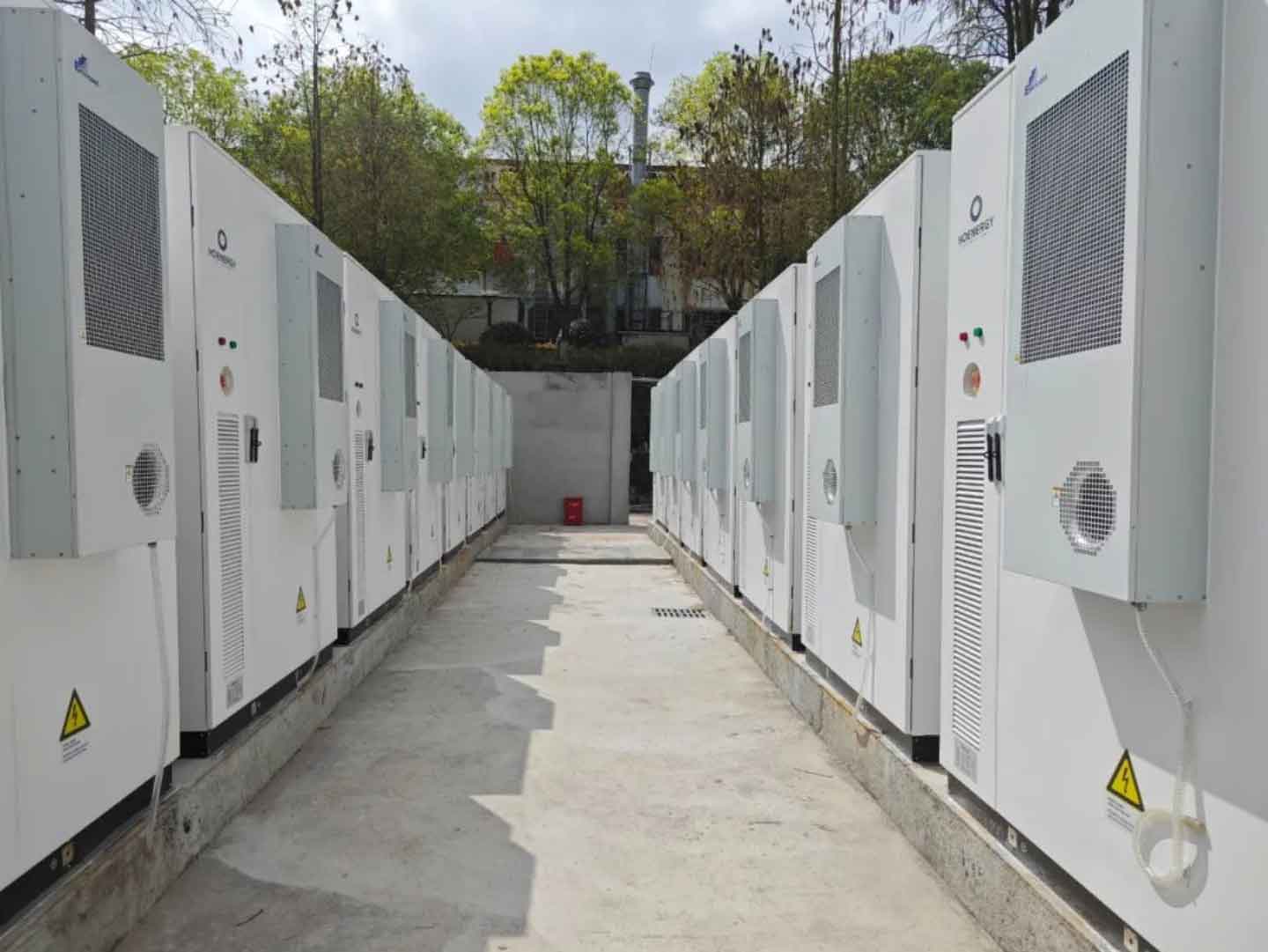
Volt Coffer
efficient solar,smart storage
Introduction
The integration of solar battery storage systems in commercial projects has become a game-changer in the energy sector. These systems offer numerous benefits, including cost savings, enhanced energy security, and a reduced carbon footprint. As businesses increasingly prioritize sustainability and energy efficiency, successful implementations of solar battery storage in commercial projects serve as inspiring examples of innovation and foresight. This article highlights several notable projects, detailing their impact, benefits, and the lessons learned.
The Rise of Solar Battery Storage in Commercial Projects
Solar battery storage systems allow businesses to store excess energy generated by solar panels and use it during periods of high demand or low solar output. This capability not only ensures a reliable power supply but also helps in managing energy costs and achieving sustainability goals.
Notable Implementations
1. Tesla Gigafactory, Nevada, USA
The Tesla Gigafactory is a landmark project that exemplifies the successful integration of solar battery storage in a large-scale commercial setting.
- Project Overview: The Gigafactory is designed to produce batteries for Tesla’s electric vehicles and energy storage products. It features an extensive rooftop solar array combined with Tesla Powerpack battery storage systems.
- Benefits: The project significantly reduces reliance on grid electricity, lowering operational costs and minimizing environmental impact. It also demonstrates the scalability of solar battery storage for large industrial applications.
- Lessons Learned: The Gigafactory highlights the importance of integrating energy storage systems from the design phase to maximize efficiency and cost savings.
2. Sainsbury’s Supermarkets, United Kingdom
Sainsbury’s, one of the largest supermarket chains in the UK, has implemented solar battery storage across multiple locations to enhance energy efficiency and sustainability.
- Project Overview: Sainsbury’s has installed solar panels and battery storage systems in several of its stores. The stored energy is used to power refrigeration units and other essential systems during peak hours.
- Benefits: The initiative has led to significant energy cost savings, reduced carbon emissions, and enhanced energy security for the stores.
- Lessons Learned: This project underscores the value of deploying solar battery storage in retail environments to manage energy consumption effectively and support corporate sustainability goals.
3. Stone Edge Farm Microgrid, California, USA
The Stone Edge Farm microgrid project is an innovative example of using solar battery storage to create a resilient and sustainable energy system for agricultural operations.
- Project Overview: The farm has implemented a microgrid that integrates solar panels, battery storage, and other renewable energy sources to provide a reliable and independent power supply.
- Benefits: The microgrid ensures continuous power for critical operations, even during grid outages, and significantly reduces the farm’s carbon footprint.
- Lessons Learned: The success of this project highlights the potential of microgrids in enhancing energy resilience and sustainability in the agricultural sector.
4. Mandalay Bay Convention Center, Nevada, USA
The Mandalay Bay Convention Center hosts one of the largest rooftop solar installations in the U.S., paired with battery storage systems to optimize energy use.
- Project Overview: The convention center has installed over 28,000 solar panels, coupled with battery storage, to supply a significant portion of its energy needs.
- Benefits: The project has led to substantial energy cost savings, reduced reliance on the grid, and enhanced sustainability credentials for the convention center.
- Lessons Learned: Large commercial buildings can benefit enormously from integrating solar battery storage to manage energy demand and improve environmental performance.
Comparative Analysis of Successful Implementations
The following table provides a comparative analysis of these successful implementations, highlighting key aspects and outcomes:
| Project | Location | Key Benefits | Lessons Learned |
|---|---|---|---|
| Tesla Gigafactory | Nevada, USA | Cost savings, reduced environmental impact | Importance of integration from design phase |
| Sainsbury’s Supermarkets | United Kingdom | Energy cost savings, reduced carbon emissions | Effective energy management in retail settings |
| Stone Edge Farm Microgrid | California, USA | Enhanced energy resilience, sustainability | Potential of microgrids in agriculture |
| Mandalay Bay Convention Center | Nevada, USA | Substantial energy cost savings, sustainability | Managing energy demand in large buildings |
Key Benefits of Solar Battery Storage in Commercial Projects
1. Cost Savings
Commercial projects with solar battery storage systems experience significant cost savings by reducing reliance on grid electricity, especially during peak demand periods when energy prices are highest.
2. Enhanced Energy Security
By providing a reliable power supply, even during grid outages, solar battery storage systems ensure that critical operations continue uninterrupted, enhancing overall energy security.
3. Sustainability and Corporate Responsibility
Implementing solar battery storage helps businesses reduce their carbon footprint and demonstrate a commitment to sustainability, which is increasingly important for corporate responsibility and brand reputation.
4. Grid Services and Revenue Opportunities
Solar battery storage systems can provide grid services such as demand response and frequency regulation, creating additional revenue streams for businesses.
Challenges and Considerations
While the benefits are clear, there are also challenges to consider:
- Initial Costs: The initial investment for solar battery storage systems can be substantial, although declining costs and financial incentives are making these systems more accessible.
- Technical Complexity: Implementing and managing solar battery storage systems requires technical expertise and careful planning.
- Regulatory Barriers: Navigating regulatory requirements and obtaining necessary permits can be challenging.
Conclusion
The successful implementations of solar battery storage in commercial projects demonstrate the significant benefits and potential of these systems in enhancing energy security, reducing costs, and promoting sustainability. By learning from these examples, businesses across various sectors can adopt solar battery storage systems to achieve similar outcomes. As technology continues to advance and costs decline, the adoption of solar battery storage in commercial projects is likely to accelerate, driving a more sustainable and resilient energy future.
